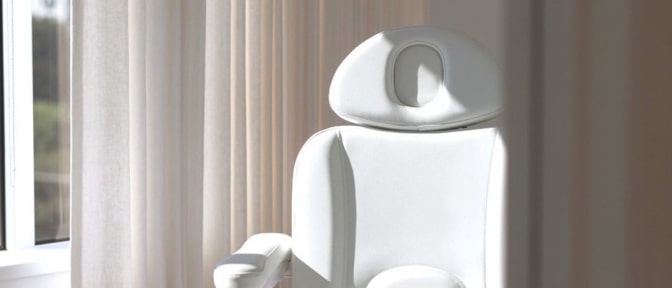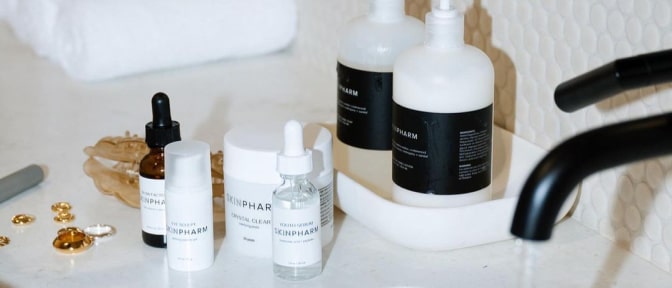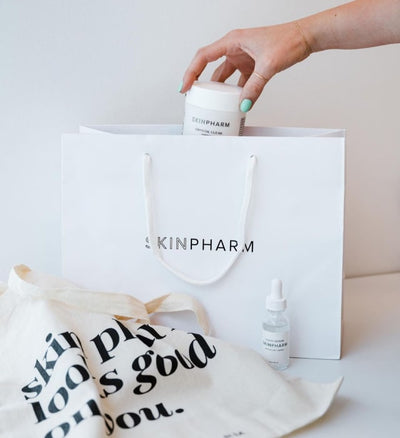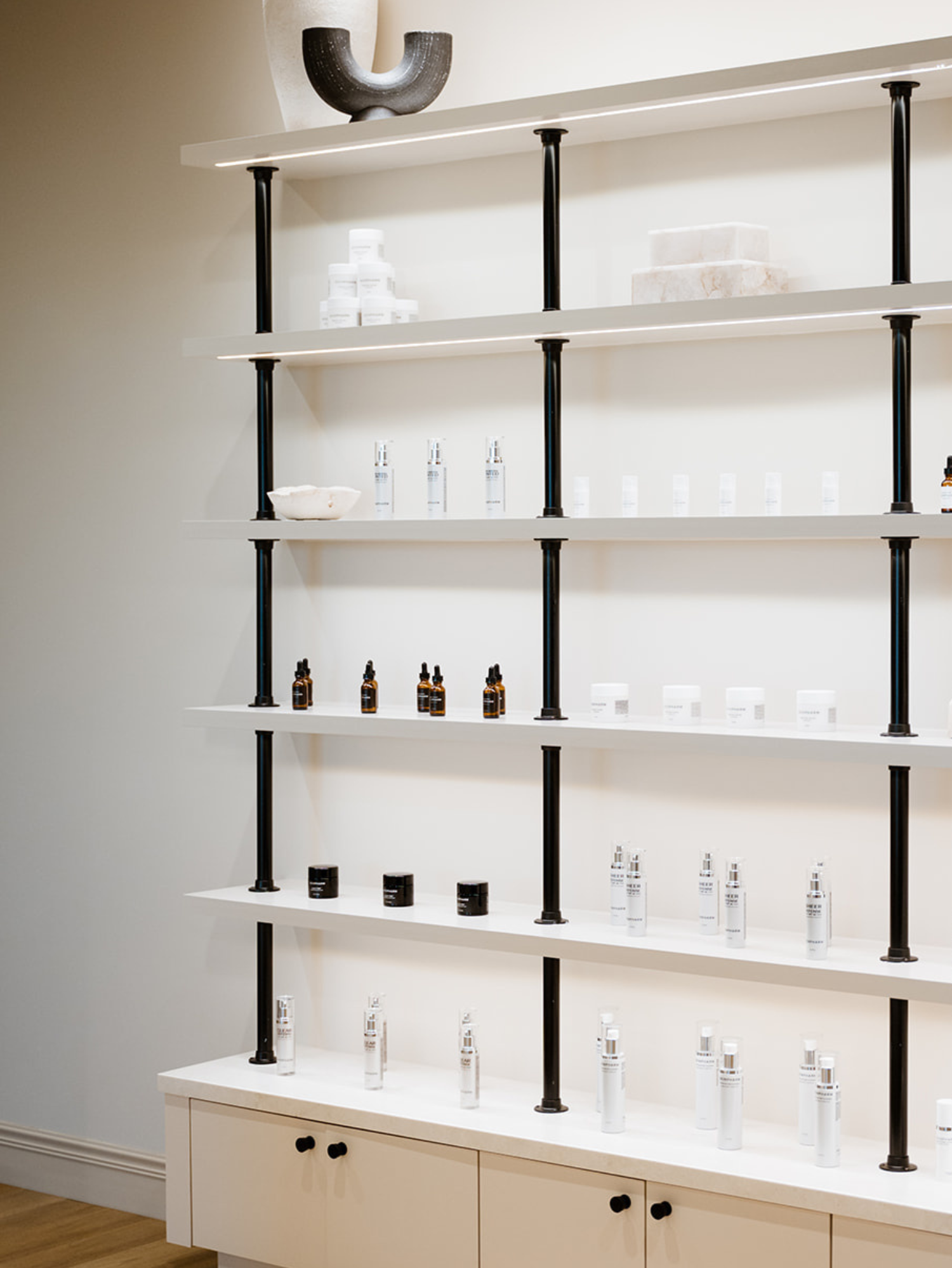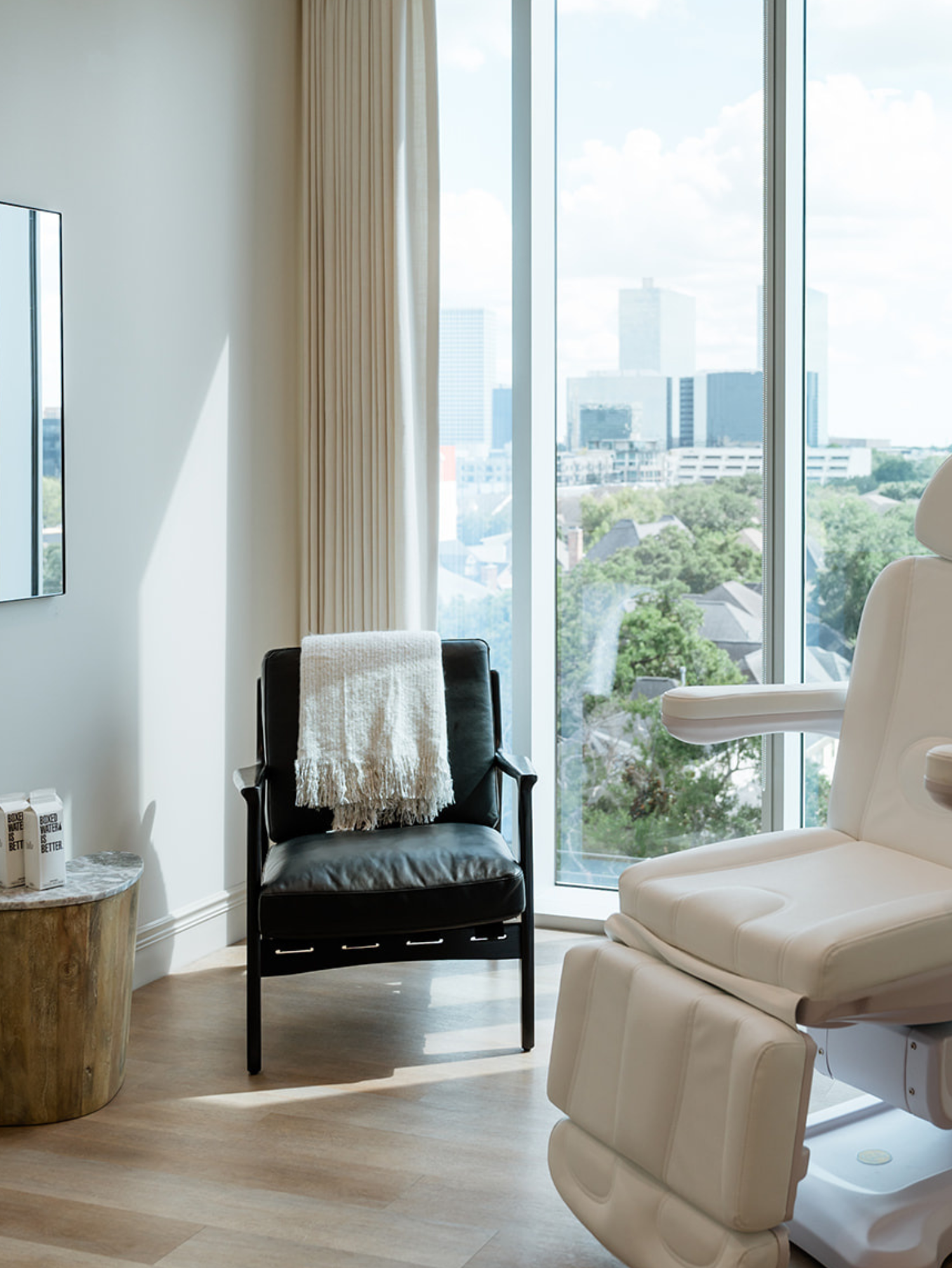Shop skin care
Clinics
VISIT OUR 9 CLINICS →
HOURS
Monday – Friday
9:30a – 5:30p
5 Ways to Lighten a Melasma Mustache

Have you ever looked in the mirror and noticed that the skin on your upper lip looks darker than the rest of your face?
If so, you may be dealing with a condition known as melasma. While it can be upsetting to look like you have a mustache, there are ways that you can help lighten and prevent it from reoccurring in the future.
Here, we’ll look at precisely what melasma is and what may trigger it. We also have five ways you can reduce its visibility.
What is melasma?
Although melasma has been a well-known condition for quite some time, researchers have still not found the exact process behind it. What is currently known is the main component that causes the darkening of the skin — melanin.
Melanin is the natural pigment in the skin, the substance that decides what is ultimately our overall skin tone and eye color. When someone has melasma, the cells that create melanin (known as melanocytes) are more active than usual.
Melanocytes exist in the top layer of the skin, the epidermis. When there is more melanin in the skin, the skin naturally appears darker in color. When certain areas of the skin appear darker than others, as is the case with a “melasma mustache,” dermatologists refer to it as hyperpigmentation.
What are the triggers for melasma?
Even though dermatologists and researchers haven’t discovered the biological process that causes melasma, they have learned what can trigger it.
SUNLIGHT —
Sunlight is probably the most likely trigger of melasma and certainly the most direct. When sunlight hits the skin, ultraviolet radiation triggers the body to increase its production of melanin.
This is part of why areas that receive more direct sunlight, like the face, arms and chest, tend to have higher rates of hyperpigmentation. Similarly, people who use tanning beds are also at an increased risk of developing melasma.
Many tanning beds emit stronger ultraviolet radiation than the actual sun itself, so it is more likely that people who chronically use them for tanning will experience hyperpigmentation at some point in their life.
PREGNANCY —
Melasma has also been called the “pregnancy mask” because it commonly occurs during pregnancy. Researchers believe this is due to the increase in the amount of two specific hormones — estrogen and progesterone.
CERTAIN MEDICATION —
A few medications may increase the risk of developing melasma, although exactly why has not yet been discovered. Specifically, birth control pills and medicines that may make your skin more photo-sensitive (including certain antibiotics, blood pressure medications and topical retinoids) have been somewhat linked to an increased risk of melasma.
Five ways to lighten a melasma mustache
While many products claim that they can make a melasma mustache disappear overnight, the truth is that lightning hyperpigmentation requires time and patience. If we take the known triggers of melasma and combine them with what we know about the cells that darken the skin, we can find the most effective ways to lighten it.
However, that doesn’t mean that there aren’t ways to do it, especially if you know which treatments and ingredients are likely to succeed. Ultimately, the best way of treating a melasma mustache will likely include a combination approach.
1. SALICYLIC ACID —
Salicylic acid is an exfoliant, which means that it can help clear dead skin cells from the skin's surface and stimulate a quicker replacement of those cells. The ingredient comes in various strengths and formulations, some of which require a prescription or application by a skin care professional.
In addition to helping with hyperpigmentation, salicylic acid is also effective at unblocking the pores and reducing the severity and amounts of breakouts people experience.
If you’re new to using salicylic acid, Crystal Clear clarifying pads are an excellent place to start. They work like a serum, distributing salicylic acid, glycolic acid and lactic acid all across the skin. Your skin will appear more evenly toned, bright and clear with regular use.
2. MICRONEEDLING —
Microneedling is a procedure that has shown potential for helping to reduce the visibility of melasma. With microneedling, your provider uses tiny needles to make controlled puncture wounds on the skin’s surface.
These puncture wounds are so small that they are invisible, but the skin still labels them as “damage” that requires it to jump into action to repair.
The skin repairs itself using several different processes, but collagen production is most at play when it comes to microneedling. Along with collagen, the skin also increases its production of elastin (which helps keep the skin flexible) and capillaries (which increases blood flow to the area).
If you’re interested in taking the cosmetic procedure up a notch, ask your provider about adding PRP, or platelet-rich plasma.
Platelet-rich plasma is derived from your own blood, which will be drawn and spun down via a centrifuge in the office. The remaining “liquid gold” is then applied to your skin during your treatment so that the needles can drive that PRP deep into your skin, where it can help promote a quicker turnover of skin cells.
3. ARBUTIN —
While arbutin isn’t quite as well-known as other skin care ingredients like salicylic acid, it does have much of the same potential to lighten up a melasma mustache. It’s a key ingredient in High Beam brightening lotion, one of our favorite lightweight moisturizers!
Arbutin is classified as a skin-lightening agent meant to be applied topically to help fade melasma and certain types of scars. It does that by preventing increased melanin production in the skin, effectively putting up a roadblock and creating dark spots.
In addition, arbutin is also an antioxidant. Antioxidants help reduce the effect of another, more dangerous type of molecule known as a free radical. Free radicals are unstable molecules due to their lack of an eight electron, making them roam around the body searching for another electron to replace it.
Unfortunately, free radicals often steal those molecules from other, stable molecules in the body, resulting in changes to the DNA and premature signs of aging like fine lines and wrinkles.
4. VITAMIN C —
A skin care ingredient that may surprise you when it comes to its usefulness in lightening melasma is vitamin C. Although vitamin C is usually discussed in our diet, it can also be effective at decreasing the visibility of hyperpigmentation on the skin. We don’t go a day without our Glow Factor vitamin C serum — it’s the best!
When applied topically to the skin, vitamin C inhibits the synthesis of melanin production by impacting the amount of an enzyme known as tyrosinase. Tyrosinase is one of the enzymes that “triggers” melanin production, so reducing its amount in the body can also decrease the risk of hyperpigmentation.
Like arbutin, vitamin C is also an antioxidant. When you look for vitamin C on the ingredient list of a potential skin care product, you may also see it listed as ascorbic acid or l-ascorbic acid, which are essentially more pure forms of the vitamin. It’s also essential to store your vitamin C appropriately in a dark glass body away from direct sunlight. The sun can oxidize and break down vitamin C much quicker, leading to a far less effective product.
5. PHOTOFACIALS —
Photofacials are another procedure that you can use to lighten a melasma mustache. When you have a photofacial performed, what is happening is that high pulses of BroadBand Light (also known as BBL) are being directed at the skin.
Photofacials are also customizable in that they can specifically target the skin cells that produce the excess pigment. One to two weeks after your treatment, the skin cells containing too much pigment, AKA the cells creating the melasma mustache on your upper lip, will rise to the surface and be sloughed off.
Over time, this leads to a slow lightening of the skin and fading of your areas of concern.
Prevention techniques
Because ultraviolet radiation is one of the biggest triggers of a melasma mustache, protecting your skin from the sun is an excellent way to help prevent it. While there is no way to completely stop the sun from reaching your skin, minimizing the amount of ultraviolet radiation gives it less of a chance to trigger an increase in melanin production.
However, it’s crucial to know what to look for in a quality sunscreen. According to the American Academy of Dermatology Association, sunscreen should include broad-spectrum protection (which means it protects against both UVA and UVB radiation), an SPF of 30 or more and water resistance.
When it comes to specific protection against melasma, those same dermatologists recommend looking for sunscreens that include zinc oxide, titanium dioxide or iron oxide. (You’re in luck — Skin Pharm’s sunscreens fit the bill!)
Choose the right makeup
Lightening a melasma mustache isn’t an overnight process, and many people are tempted to use makeup to help camouflage the appearance. If this sounds like something you may want to do, it’s crucial to know the “right” way to do it and the “right” products to use.
First and foremost, look for makeup products labeled as “non-comedogenic.” Essentially, this is a big word for a product formulated so that it doesn’t clog or block pores. You want makeup that will subtly help cover up any areas of concern without creating blemishes or excess oil.
In addition, you must take the time to remove your makeup at the end of the day. Although it’s tempting to just throw on your pajamas and head right to bed, taking a few moments to run through at least a basic skin care routine can do wonders for your skin.
Choose skin care products that include the ingredients we discussed. Not only will they help your skin look more youthful and radiant, but they’ll also help slowly reduce the appearance of any areas of hyperpigmentation, as well.
To sum things up...
If you’ve noticed that the skin on your upper lip is darker than it is on the rest of your face, you don’t just have to “deal with it.”
When you use any of the suggestions we’ve made to help you lighten your melasma mustache and have patience during the process, you can end up with far less visible hyperpigmentation — and a greater sense of confidence, too!
SOURCES:
